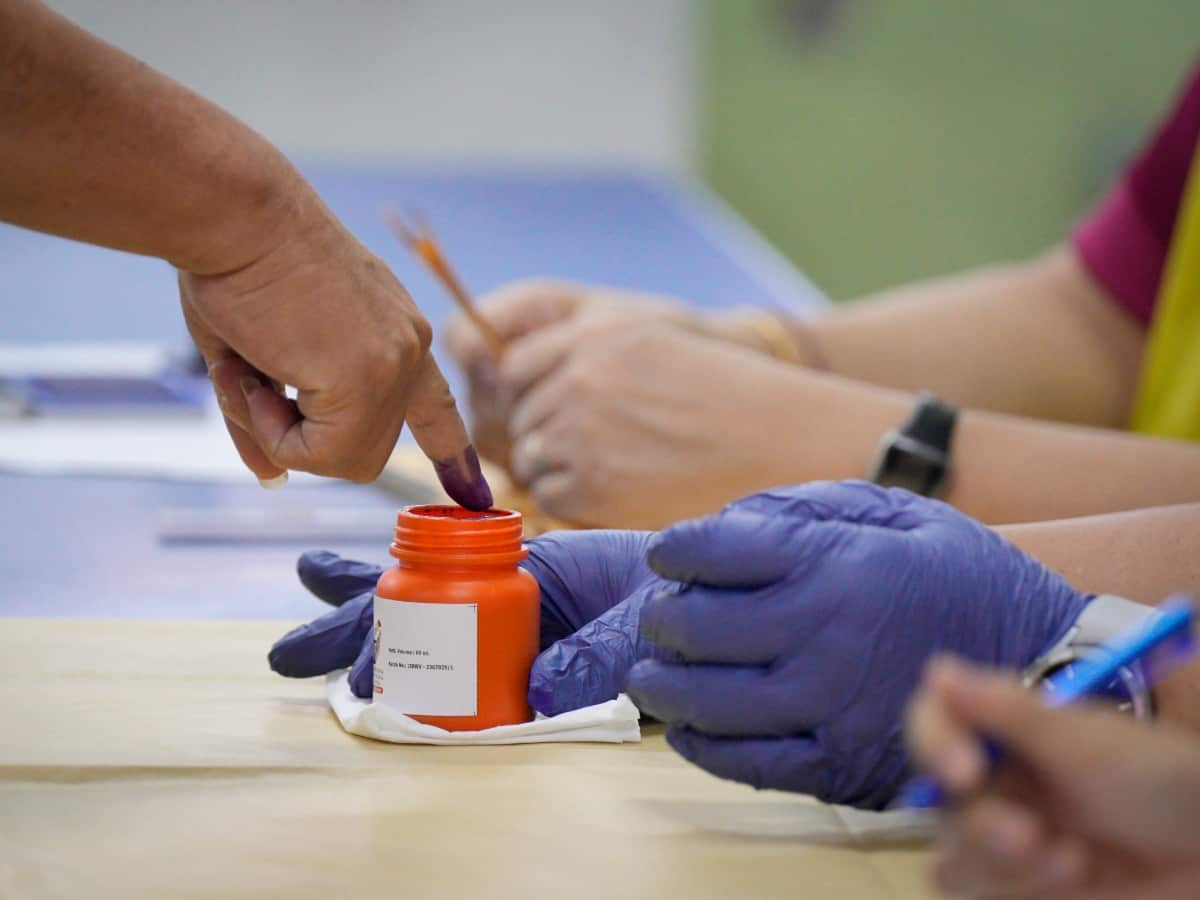Inflation: A rise in retail inflation is anticipated as a result of India’s high vegetable costs. Due to delayed planting brought on by unpredictable monsoon rains and damaged ripening crops, farmers and traders predict that vegetable prices will remain higher for a longer period of time. Prices typically start to decline in August, when the harvest begins to enter the market, but this year, due to limited supply, prices are predicted to remain extremely high until October. The consumer price index (CPI) for all goods and services gives vegetable prices a weighting of 6%. According to government figures, these have been increasing by 12% month over month and reached a seven-month high in June.
Rising Vegetable Prices and Monsoon Woes
Anil Patil, a Mumbai-based trader, said, “The monsoon is disrupting the vegetable supply chain. This year, we are going to witness higher vegetable prices for a prolonged period.” According to the research, it will be difficult for the Reserve Bank of India (RBI) to decrease rates for the year due to the high prices of staple foods like onions, chilies, tomatoes, and ginger. Gaura Sen Gupta, India economist at IDFC FIRST Bank, stated, “Supply-side measures would be best suited to temper the rise in food prices. The RBI is expected to remain on pause till at least December 2023”. According to a research cited by Moneycontrol, wholesale tomato prices have been reaching new heights, rising by more than 1400% to a record-breaking Rs 140 per kg in the previous three months. The farmers observed that the tomato crop in Karnataka, India’s third-largest tomato-producing state, has suffered significantly as a result of inadequate rains, high temperatures, and a virus outbreak. Farmer Srinath Gowda, who oversees 200 acres of land, stated: “Supplies are just 30% of normal as yields.”
Monsoon Disparities and Inflation Concerns
While some states have seen little to no precipitation, others have seen rains with an intensity akin to a flood. According to weather department data, some states in the eastern and southern regions got up to 47% less rainfall, while states in the northern and western portions of the country, which produce the majority of the nation’s vegetables, received nearly 90% above-average rainfall. Retail inflation is predicted by HSBC experts to be 6.5% in July, which is higher than the RBI’s target range of 2 to 6%. According to the article, experts now predict that the RBI will keep interest rates high through the middle of 2024. Rajendra Suryawanshi said that even while supply is anticipated to begin improving in the next weeks, it won’t be enough to have an impact on prices. A vegetable trader in Pune, Suryawanshi noted, “Meaningful correction in prices would begin from September, and in October, we could see prices falling to a normal level.”
Keep watching our YouTube Channel ‘DNP INDIA’. Also, please subscribe and follow us on FACEBOOK, INSTAGRAM, and TWITTER











